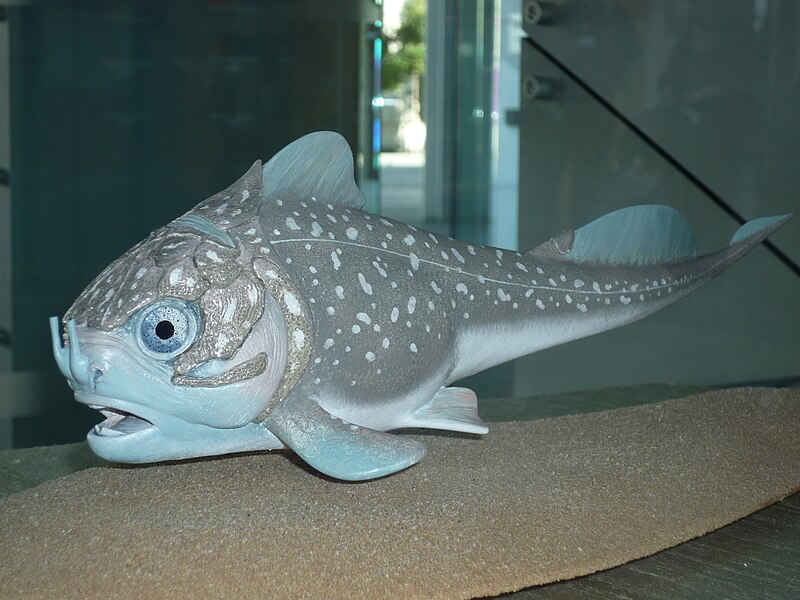
Tiny and Well-Camouflaged Seahorses (Seaponies?)
Measuring just 0.45 inches in height, Satomi’s pygmy seahorse (first collected, fittingly enough, by diver Satomi Onishi), lives off Derawan Island, Indonesia and northern Borneo, Malaysia.
Prior to its discovery, the title of smallest seahorse went to Bargibant’s seahorse (Hippocampus bargibanti) which, at 0.8 inches, now seems a giant! Bargibant’s seahorse bears an uncanny resemblance to the polyps of the gorgonian, or soft coral, upon which it lives (please see photo). In fact, the first specimens described (1970) had lived in a small aquarium, attached to a gorgonian, for several days before being discovered by a startled researcher.
Further Reading

If you are interested keeping many varieties of seahorses in the aquarium and discovering how they live in the wild, please check out my book Seahorses, A Complete Pet Owner’s Manual.
Please write in with your questions and comments. Thanks, until next time, Frank Indiviglio.
Hippocampus bargibanti image referenced from Wikipedia and originally posted by Jnpet
Materpiscis attenboroughi image referenced from Wikipedia and originally posted by Sularko
 That Fish Blog – Aquarium Advice and Information
That Fish Blog – Aquarium Advice and Information


Your article is very interesting and I am keen to purchase your book on keeping seahorses. You mention that these tiny seahorses can be kept by aquarists. I am looking to set up a seahorse tank and my passion is the tiny species, Satomi, Denise and Bargibanti, however I cannot find anywhere to purchase them? I live in the UK so if you could give me any help that would be greatly appreciated. I am a conservationist so am deeply interested in looking after these tiny creatures.
Kindest Regards
Penny Taylor
Hello Penny, Frank Indiviglio here. Thank you for your kind words concerning my article and seahorse book …much appreciated.
Unfortunately, the tiny seahorses in which are interested are rather rare in both the wild and captivity, and do not often appear in the trade. The dwarf seahorse (Hippocampus zosterae) is available but, as far as I know, only from collectors and breeders in Florida, USA (where this species is native). The are true dwarfs, rarely toping 2 inches in height, and fare well and even reproduce in captivity if provided with a steady supply of newly-hatched brine shrimp and similar foods. I’m not sure how they would weather the long journey to the UK, however.
One option for you might be to get in touch with the National Aquarium at Plymouth, which now houses the seahorse collection formerly held at the Seahorse Nature Aquarium in Exter. Neil Garrick-Maidment, a prime force behind the founding of the aquarium at Exter, has written a fine book on seahorses, with an emphasis on those native to your waters. Perhaps someone at the National Aquarium, or a member of the British Marine Life Study Society, can put you in touch with a local dwarf seahorse breeder.
If a local source is not available, please write back. A colleague of mine is a marine biologist based in Florida, and may be able to recommend which supplier would be most reliable in shipping these delicate creatures to the UK. Please also let me know how you fare, or if you have an interest in other species.
Thanks again for your interest…Good luck and please keep me posted.
Best regards, Frank Indiviglio.
Dear Frank
Thank you for replying and giving me the contact at glaucus. I have contacted them and they cannot help me. I have contacted every possible seller or breeder that I can find via Internet and phone book and word of mouth.
I was wondering if you would be able to ask your friend, you mentioned them being a marine biologist. I would greatly appreciate this.
I want to day thank you again for taking the time to reply to me.
Kindest Regards
Penny
Hello, Frank Indiviglio here. Thanks for your kind comments, much appreciated.
I’ll email my contact now and will touch base with you as soon as I hear back from him.
Best regards, Frank Indiviglio.
I got what you intend, appreciate it for posting .
Hi there! I just want to give an enormous thumbs up for the good data you’ve gotten here on this post. I will be coming again to your blog for extra soon.